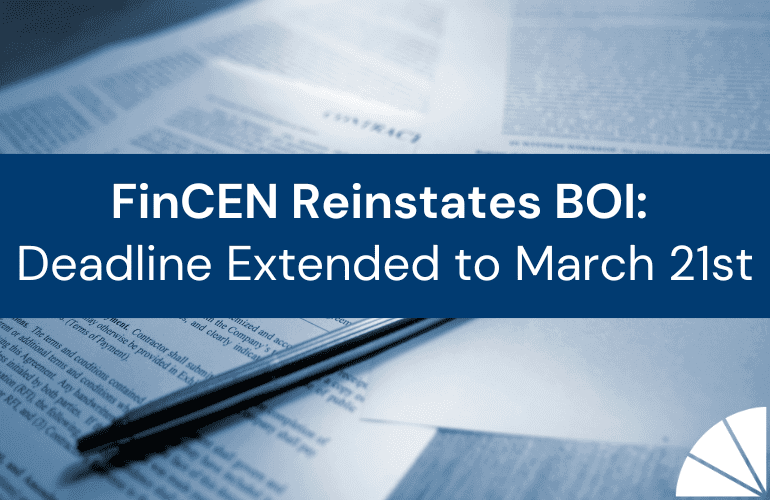
Five years after the Tax Cuts and Jobs Act of 2017 (TCJA) took effect, changes to IRC Section 174 – which requires the capitalization and amortization of a business’s research and experimental (R&E) expenditures – will be effective. While R&E expenses are similar to research and development (R&D) expenses under the code, they have a broader and less well-defined scope.
Before December 31, 2021, businesses were able to deduct expenses classified as IRC 174 expenditures instead of capitalizing and amortizing them. However, under TCJA, businesses are now required to capitalize and amortize these expenses, regardless of whether they claimed the related Research and Development credit in the past.
As a result, many businesses will need to determine which R&E or R&D expenses are eligible for capitalization, which may be confusing given the limited guidance on the provision. The prior regulations and case law do not clearly define what qualifies as these types of costs, leaving business owners unsure of how to proceed during tax season.
This uncertainty is partly due to the expectation that Section 174 changes would be repealed or delayed before taking effect in 2022. As a result, there has been little guidance on what qualifies as a 174 expense and how to implement the required changes.
What to know about Section 174
There are four things businesses need to know about Section 174 as we head into the 2023 tax season:
- Many companies will need to identify, capitalize, and amortize, expenditures qualifying as IRC 174 expenditures. This includes engineering, design, research, testing, software development, and allocable overhead incident to the improvement or development of a product or process and includes patent-related costs such as legal and application fees. As mentioned above, there is a lack of guidance regarding exactly what is includible, particularly with regard to the allocable overhead.
- While not strictly a tax issue, the amendment to Section 174 will result in a change in reporting and accounting methods, which would impact reporting on a business’s financial statements, particularly the deferred tax asset and liability.
- Another consideration for taxpayers is state tax conformity issues. Only some states will not conform to federal regulations, which could add another layer of complexity. Thus the taxpayer needs to be aware of any implications in the state where taxes are filed.
- Amortization occurs over various time periods – over 60 months if they are US-based expenses and over 15 years if they are foreign-based research expenses.
Actions to take regarding R&E expenses
Although there is talk in many circles that Congress may delay the implementation of this change in 2023, not taking action now carries some risks. Even though guidance is limited, businesses that may have R&E or R&D expenses to amortize need to be prepared.
To prepare, businesses should examine any expenses that could be considered an R&E expense under the code, even if they are not revenue-generating or something that can be monetized. Erring on the side of caution, businesses should list out these expenses.
Then – particularly if a business did not take the R&D credit in the past – business owners should contact a tax advisor or financial advisor to get a professional perspective on what might be considered a reasonable R&E expense under Section 174. Additionally, you should consider filing an extension on your tax returns to ensure you have the time to gather and report any R&E expenses accurately and to avoid needing to amend your returns, should the law be changed.
Contact LGA
LGA’s business tax team provides comprehensive tax planning, compliance, and advisory services. We understand that a lack of guidance can leave you feeling helpless. My team can work with you to stay up to date on any changes to tax codes and implement tax-efficient strategies based on your unique challenges and opportunities. Contact me today to find out how your company can prepare for the R&E expense.






